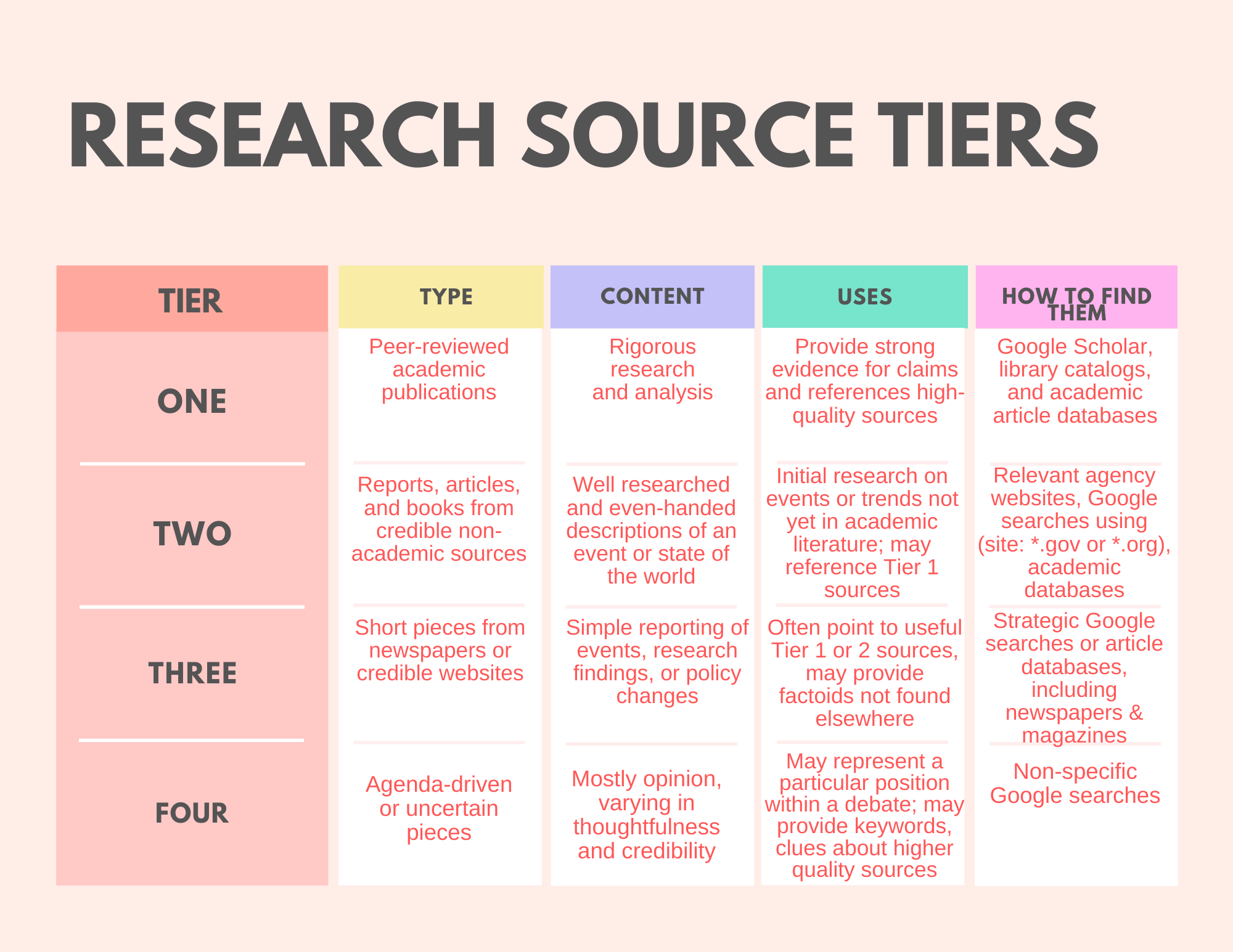Chapter 39: Informative Research Reports
Sometimes students are asked to write an informative research report, which is a different type of document than the exploratory essay, which we will cover in the next chapter. The Informative Research Report is a report that relays the results of a central research question in an organized manner through more formal sources. These resources could include Google Scholar, library catalogs and academic article databases, websites of relevant agencies, and Google searches using (site: *.gov or site: *.org). A report is written from the perspective of someone who is seeking to find specific and in-depth information about a certain aspect of a topic.
Informative Research Reports
The Five W’s and How, Image by Gerd Altmann from Pixabay. The Five W’s and How, Image by Gerd Altmann from Pixabay.
The Five W’s and How, Image by Gerd Altmann from Pixabay.
The purpose of an informative essay, sometimes called an expository essay, is to educate others on a certain topic. Typically, these essays aim to answer the five Ws and H questions: who, what, where, when, why, and how. For this essay, you will focus on one or two driving questions about your topic, which will drive your research and help you reach a conclusion. The question can be one that emerged from your Exploratory Essay or it can be a brand-new question about your topic that you are interested in researching.
The point of an informative essay is not to convince others to take a certain action or stance; that role is expressly reserved for persuasive essays. Instead, the main objective is to highlight specific information about your topic. In this project, you may be asking “after researching general aspects about my topic, what do I want others to understand about it?” Of course, if your informative essay is interesting enough, it may move readers to learn more about the subject, but they’ll have to come to that on their own, thanks to the wealth of interesting information you present.
Now that you have spent time considering different aspects of your topic in your exploratory essay, you will continue your research through our CNM library resources to help inform a larger audience about your topic. An informative essay builds upon students’ existing research skills and introduces them to library resources and other higher-level tiered resources. Students should have a clearer idea of their research topic and can begin exploring common challenges to finding relevant sources and managing them (recording citation details, quoting, paraphrasing, citing). For more information, review Structuring an Informational Report.
.

The Informative Research Report draws primarily from resources found in tiers 1 and 2, according to the research table in Writing in College:
Tier One: Peer-reviewed academic publications
These are sources from the mainstream academic literature: books and scholarly articles. Academic books generally fall into three categories: (1) textbooks written with students in mind, (2) monographs which give an extended report on a large research project, and (3) edited-volumes in which each chapter is authored by different people. Scholarly articles appear in academic journals, which are published multiple times a year in order to share the latest research findings with scholars in the field. They’re usually sponsored by some academic society. To get published, these articles and books had to earn favorable anonymous evaluations by qualified scholars.
Tier Two: Reports, articles and books from credible non-academic sources
Some events and trends are too recent to appear in Tier One sources, which tend to be highly specific, and sometimes you need a more general perspective on a topic. Thus, Tier Two sources can provide quality information that is more accessible to non-academics. There are three main categories. First, official reports from government agencies or major international institutions like the World Bank or the United Nations; these institutions generally have research departments staffed with qualified experts who seek to provide rigorous, even-handed information to decision-makers. Second, feature articles from major newspapers and magazines like the New York Times, Wall Street Journal, London Times, or The Economist are based on original reporting by experienced journalists (not press releases) and are typically 1500+ words in length. Third, there are some great books from non-academic presses that cite their sources; they’re often written by journalists. All three of these sources are generally well researched descriptions of an event or state of the world, undertaken by credentialed experts who generally seek to be even-handed.
Suggestions for Organizing Informative Research Reports
Introduction
The initial stage is an introduction, which should start with the sound hook sentence to engage the reader in what a writer plans to share. One example is: “A community is generally defined by people in a group who live together in a particular area, or a group of people who are considered a unit because of their shared interests or background.” Then, introduce the topic with its background in a couple of sentences. The writer will then end the paragraph with a powerful thesis statement, which points to the necessity of topic research. The writer’s goal is to do everything possible to lure the audience’s interest in the initial paragraph.
- Define the topic.
- Provide short background information.
- Introduce who your intended audience is.
- State what your driving research question is.
- Create a thesis statement by identifying the scope of the informative essay (the main point you want your audience to understand about your topic).
Body Paragraphs
The main purpose of the body paragraphs is to inform the target audience about the background/significance of your topic or the answers to the 5 Ws and H driving questions that you focused your research on. Share some interesting facts, go into the possibly unknown details, or reflect common knowledge in a new light to make readers intrigued. Body paragraphs should discuss the inquiry process you followed to research your topic. These paragraphs should include the following:
- Begin with a topic sentence. Using one of the five Ws or H questions here will remind you and your readers what you will focus on in this paragraph.
- Introduce your sources in a sentence or two to summarize what the information revealed about your topic.
- Include a direct quote using P.I.E. and reflect on what the source illuminated about your question.
Conclusion
The conclusion is your opportunity to summarize the essay and hopefully spur the reader to want to learn more about the topic. Be sure to clearly reiterate the thesis statement. In your introduction, you may have laid out what would be covered in the essay. Offer a sentence or two reiterating what was learned about those topic areas. Finally, work to avoid adding any new information and questions in this final section of your writing.
- Reintroduce the argument introduced in your thesis statement.
- Reiterate the key points of your research.
- Offer some forecasts for the future (example: “Hopefully now with a clearer understanding about free soloing and the rock-climbing community, others might understand the draw to such a seemingly risky sport…”).
When you finalize your conclusion, make sure your text is not too repetitive. While your goal is to reintroduce your argument, you don’t want to bore the reader with the exact same sentences you included in your introduction; instead, reiterate your thesis using your new perspective of the topic.
This chapter is a synthesis of three texts:
Adapted from “Chapter 4.1” of Successful College Composition, 2016, used according to Creative Commons CC BY-NC-SA 3.0, and adapted from “Secondary Sources in Their Natural Habitat” of Writing in College, 2016, used according to Creative Commons CC BY-NC-SA 4.0.
Sections are also written by Dr. Danizete Martinez, published by Central New Mexico Community College, 2020, and licensed according to Creative Commons CC BY-NC-SA 4.0.

